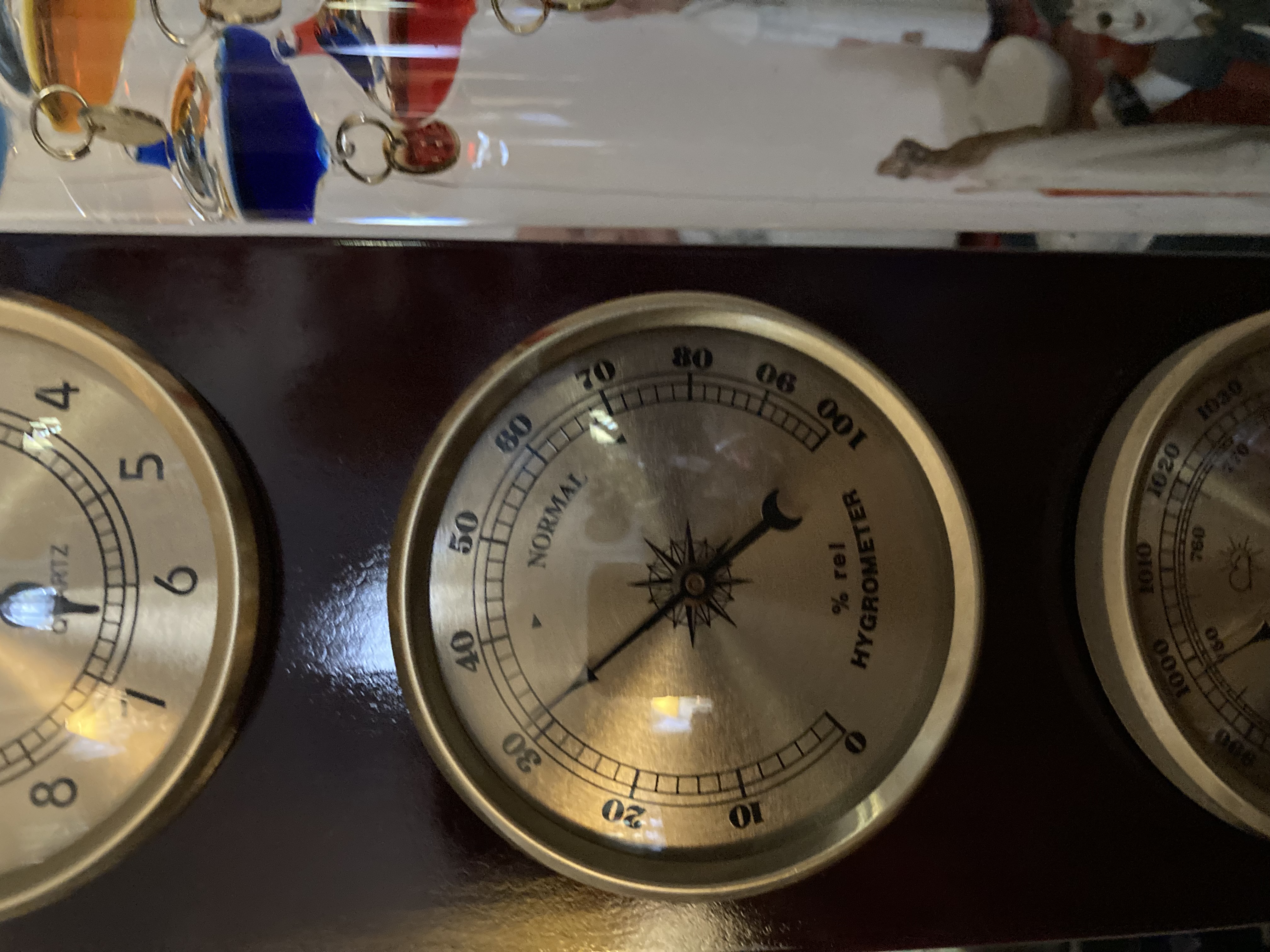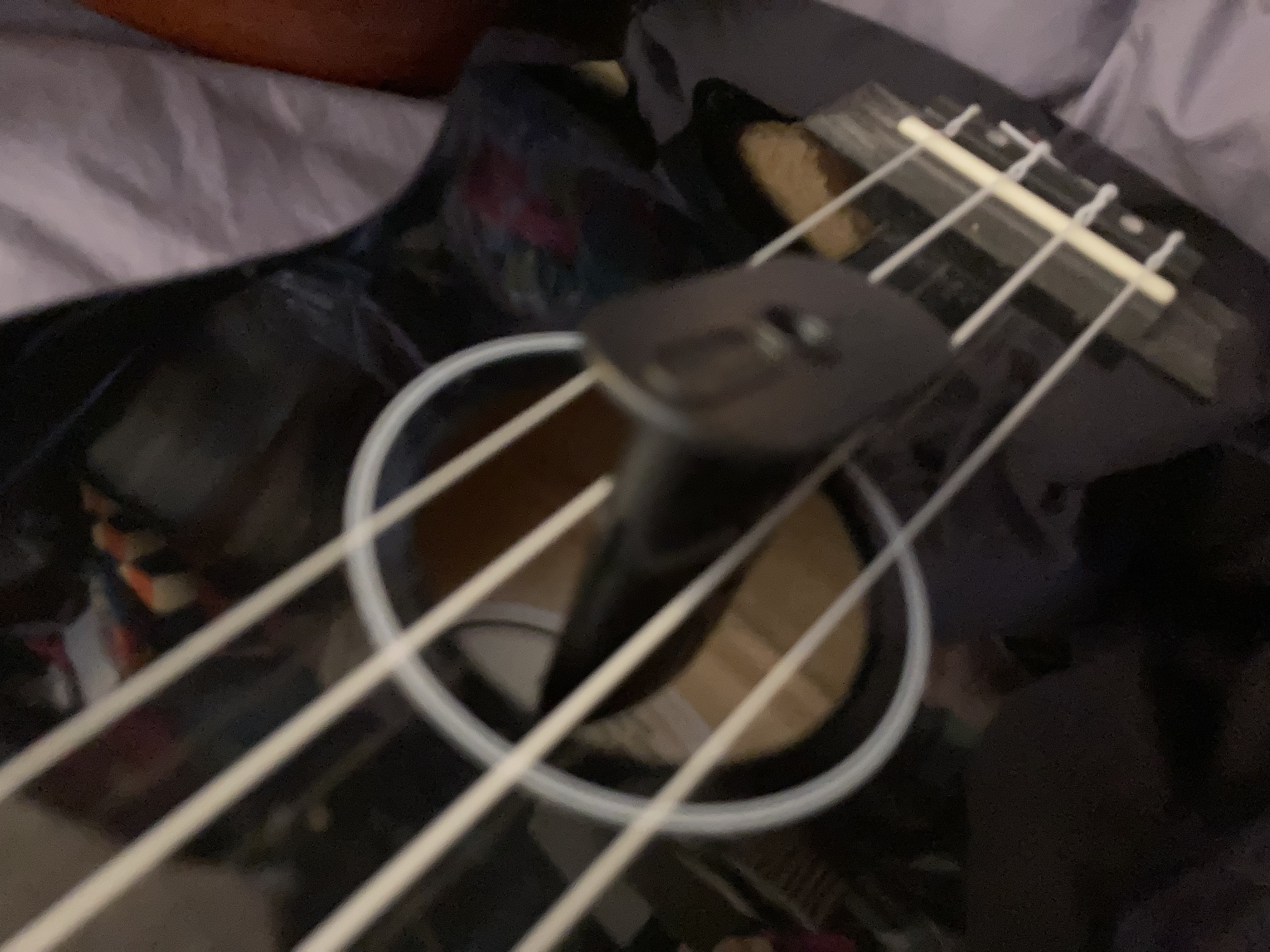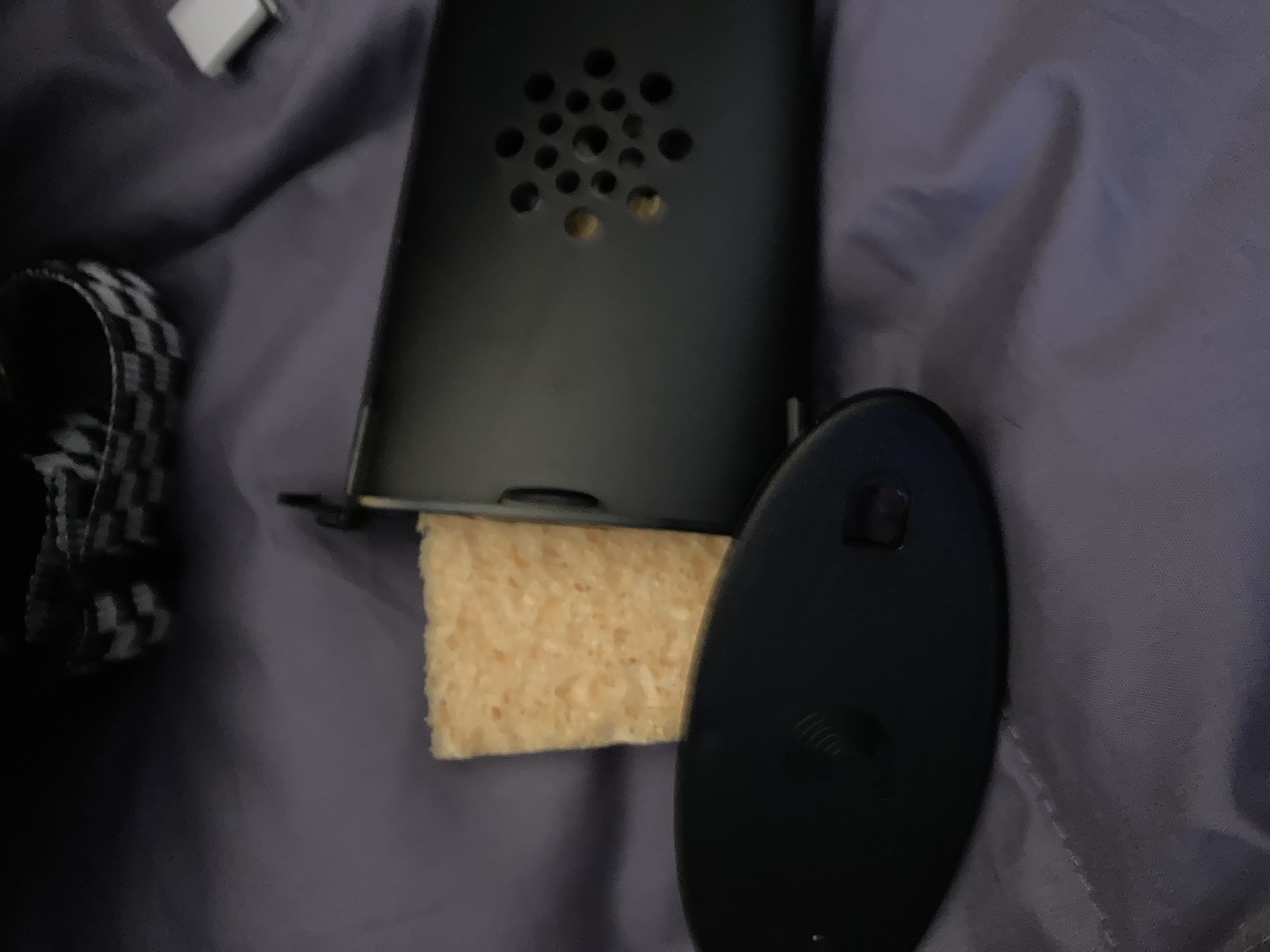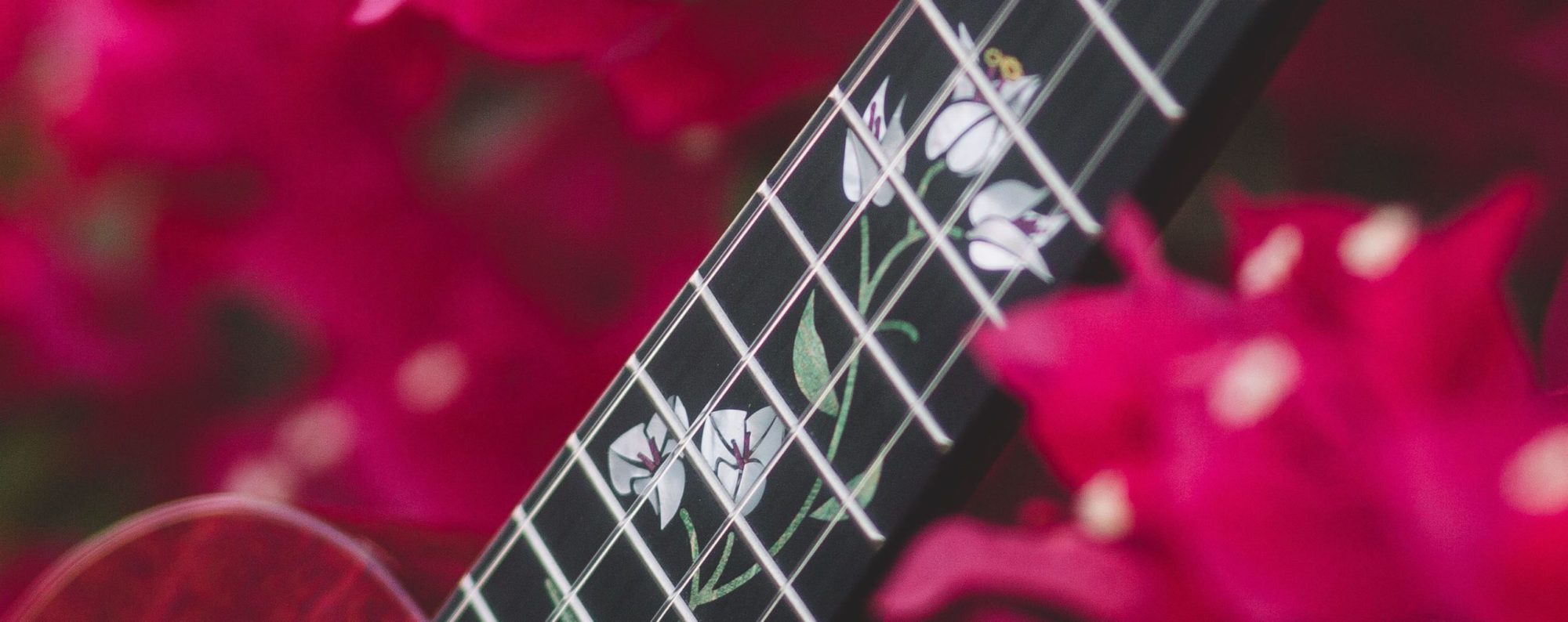by Magaret “Peg” Venable
While on my ukulele journey, I happened across a beautiful concert bamboo ukulele, to which I excitedly purchased. When I received it in the mail, I played this lovely ivory beauty and then carefully looked over the instrument. To my horror I thought I found a crack ! Sure enough it was a crack in the wood!
Oh no… how do I fix this problem?… what caused this crack? … how do I ensure this never happens again?
Fortunately the Company was quick to send me a new ukulele. Fixed!
The Company explained that sometimes temperature and humidity differences in transit might cause this to happen. The cause!
The only thing left is to make sure this never happens again.
It was actually a good thing that this happened because I was totally unaware that low humidity can do damage to our ukuleles.

Relative humidity (RH) is simply the amount of moisture in the air (not your “sweaty uncle” according to hubby, Tom!)
When room temperatures lower, the moisture levels go down and can cause problems for our wood floors, furniture and instruments.
Wooden instruments, especially our ukuleles need a RH count of 49%. I was able to check our RH counts with a dial on my Galileo thermometer weather station. (I never knew what the middle dial was for.)
I purchased several digital humidity gauges from Amazon to help me keep an eye on things. The first reading that I saw was about 15%. I needed to raise the humidity in my room quickly.
I strategically placed water bowls in several places throughout the room. I was able to get the room humidity up to 39% rather quickly but knew I couldn’t leave my “babies” out in the cold. Every ukulele went back into its case. The bamboo ukulele mentioned above, came with an accessory that I had never seen before- a small black plastic humidifier (that should have been a clue!)
What humidifier should I get for my ukulele?
There are several types of humidifiers you can purchase for inside your case (or in my UAS world- cases). Inside these plastic humidifiers are sponges. Just pour water in through the top, make sure no excess water is dripping out and place it in the gig bag. If it’s the type with an oval lid on top, it goes right into your sound hole between the C and E strings.

If your humidifier has a removable top you can take the sponge out and soak it thoroughly. In that case squeeze out the excess water before placing it in your ukulele. This would have to be done every couple of days or so to keep the humidity up inside the closed case.

This was a UAS nightmare for me, as there’d be little time to play and my precious time would be spent humidifying my ukuleles!
My GUB (Global Ukulele Bubble) members, Karen Seidel, and Ali Crush both told me about
“Boveda 2” humidity control packets. I bought the size 70 with 49% RH and placed one in each case. If there is too much humidity or too little, these will rectify the humidity issues for several months. They need to be replaced when the packets become hard. They are a bit more expensive than the small plastic varieties but a whole lot more convenient.
Helpful Tips
- Place house plants on water catch trays in several areas in the room
- Add pebbles or small rocks in the trays to help the humidity and this also helps plants not to sit in standing water and root rot
- Use ceramic water holders around the room
- An electric room humidifier could be used
How do you know there is a lack of moisture in the room?
You can use a humidity gauge.
Also, as you tune your ukulele check it. If a ukulele fret begins to feel sharp, this is a sign the wood is contracting due to lack of moisture.
If there are cracks in the wood of your instrument…well that’s obvious!

So, my ukulele journey continues with more life lessons than I could ever have imagined.
Peg

